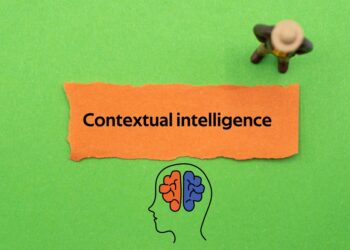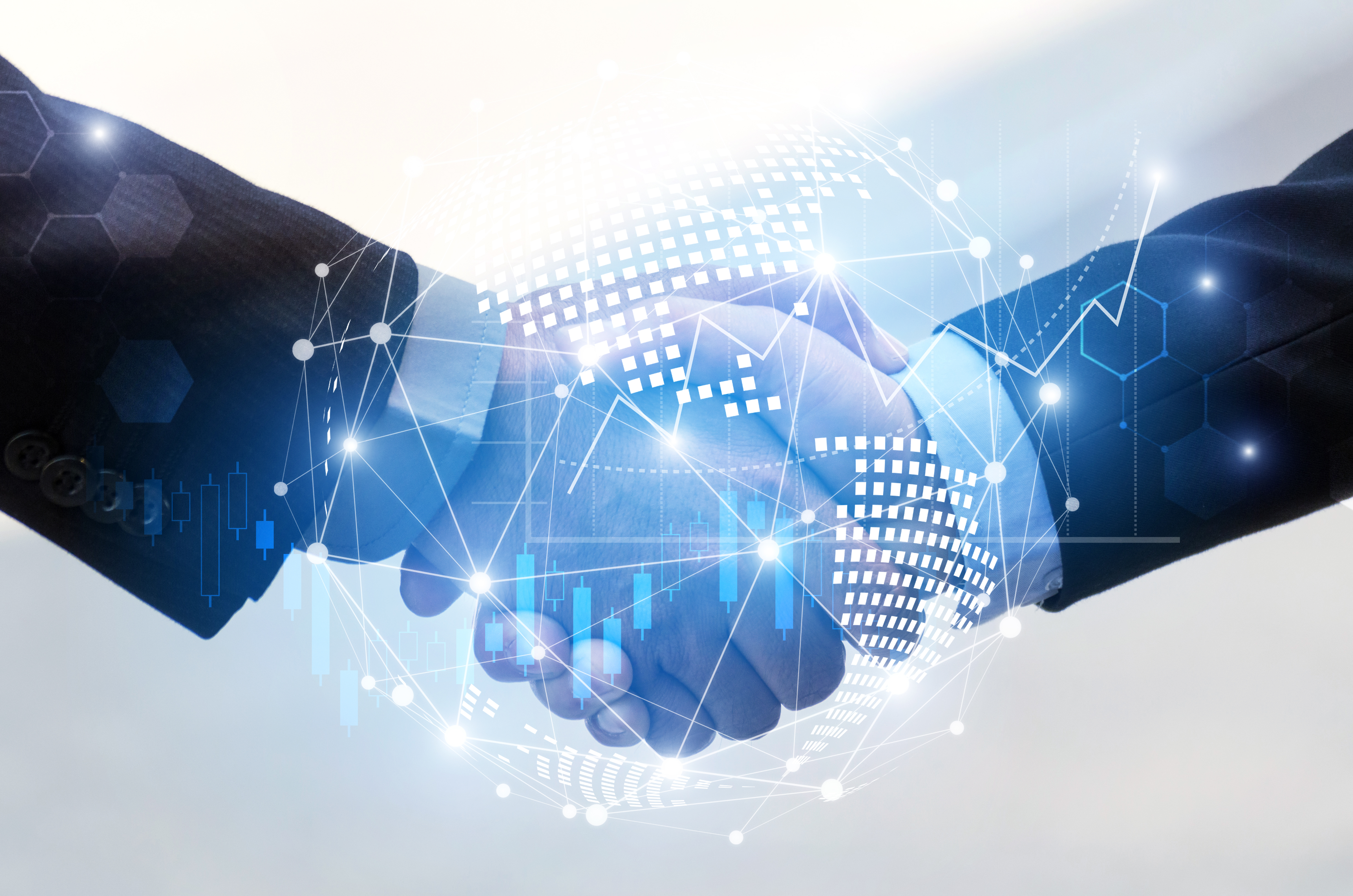As the global epidemic of the COVID -19 plagues the world, we are in danger of not learning from many of our past disasters and utilizing the many fields where AI and machine learning are beginning to make an impact. Implemented in the right way, AI can assist and inform first responders, as well as communities affected. AI can be leveraged to save lives in these turbulent times.
AI can support the enrichment of optimization strategies, which are much needed as the turmoil around the world reaches unprecedented proportions. The need of the hour is research on the use of machine learning to evaluate and optimize strategies for social distancing between communities, cities, and countries to control the spread of epidemics, detecting patterns, forecasting, and prediction.
AI in detecting patterns
AI can pinpoint patterns in a passel of data and make predictions, and the hope is these tools could identify drug prospects to test on humans within months. As coronaviruses such as COVID-19 mutate, a drug candidate will have to be effective against a broad spectrum of possible forms. Work is now underway worldwide to use AI in pursuit of a vaccine.
AI will, without a doubt, speed up vaccine development, but these technologies rely on large quantities of accurate training data. A new, highly infectious disease for which there is limited data poses challenges for even the more sophisticated AI techniques.
AI can also be used to identify and locate commonalities within localized outbreaks of the virus, or with micro-scale adverse health events that are out of the ordinary. The insights from these events can help answer many of the unknowns about the nature of the virus.
AI In forecasting
Its primary strength is the way it increases our capacity to predict and plan for events and circumstances. Considering that one of the most important ways to save lives in disasters is to have early warning, there’s a lot of good the technology can do.
The mere potential of AI isn’t just in predicting that a disaster will happen but in; forecasting where it will have the most impact, which systems are likely to fail, and what communities are in the most danger. This data can be used to improve decision-making about the issuing of building permits and insurance.
AI could prove invaluable to tracking and reporting the efforts as well as providing critique in the maintenance of critical equipment and systems.
AI on the ground during a disaster
Over the years where a natural disaster has occurred, people on the frontline have often turned to social media and ad-hoc volunteer groups in addition to, and sometimes instead of, relying on aid from the government or traditional charitable organizations. Local and broader communities have proven that they’re capable of coming together in the face of a disaster when assistance doesn’t come quick enough.
Nearly all social media platforms already rely on machine learning algorithms for advertising, but additional AI functionality could be of great assistance during disasters, helping both ordinary people and first responders keep up to date and organized. Deployed in the right way, existing timeline algorithms could be used to deliver and distribute information where it’s most needed. Or AI could be used to scrape data from millions of social media posts and clue rescue workers into the hardest-hit areas and people in the most need.
AI is needed to keep up
With unmanned robots being used to great effect in every aspect of disaster response, it is now time to make the best use of robots and our ability to gather more data, our data collection and analysis techniques must keep up. As big data grows, we need to ensure the capability to draw conclusions from it to increase response time. Autonomous machines and AI algorithms, when combined, act as a significant force multiplier in our ability to protect people and property in the face of disaster.
Recently, a robot helped doctors treat an American man diagnosed with the novel coronavirus. The robot, which carried a stethoscope, helped the patient communicate with medical staff while limiting their own exposure to the illness. We see AI is currently being leveraged in diagnosing the illness. Several hospitals in China are using AI-based software to scan through CT images of patients’ lungs to look for signs of Covid-19, the infection caused by the novel coronavirus.
We also see in this time, the coronavirus epidemic has also inspired several drug companies to use artificial intelligence-powered drug discovery platforms to search for possible treatments. That process can involve using AI to find entirely new molecules that might be capable of treating the pneumonia-like illness or mining through databases of already-approved drugs (for other diseases) that might also work against COVID-19.
Importantly, while AI drug discovery might speed up the process of finding candidates for new drugs and treatments, there’s no guarantee that the technology will come up with anything better than what human scientists could discover on their own.










Discussion about this post